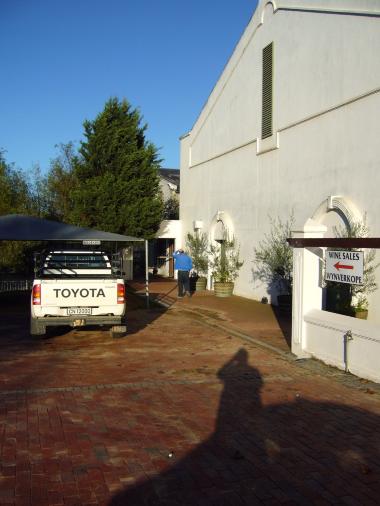The Good Value Guru offers a refreshing new way of sourcing value for money wine. I asked him about this new approach.

Q: WINE magazine already produces a Best Value Guide. Aren’t you re-inventing the wheel here?
A: Not at all. Producers decide to submit wines for BVG ratings and pay R170 a bottle to do so. Our road trip saves producers this expense plus the hassle and cost of delivering four bottles to Pinelands. From a consumer’s point of view, we’re also ahead as the bottles we recommend are the ones open on the tasting room counter – no special tanks or show barrels for us. We decide who to visit based on a track record of road trips going back 25 years. It’s a selection based on experience and personal opinion (call it prejudice if you like) rather than the ad-spend of a marketing department.
Q: You taste sighted. Aren’t you falling into the trap guides like Platter’s are routinely pilloried for?
A: There is nothing wrong with sighted tastings per se. Platter editor Philip van Zyl made a lot of sense, quoted in the Sunday Times on why they assess wines sighted: “for the same reason Jeremy Clarkson does not paste a fig leaf over the manufacturer’s logo when reviewing, say, a Mercedes. He assesses it as a car, in the first instance. Is it petrol or diesel? Conventionally powered or hybrid? Does it look good? Is it safe? But he also wants to rate it as a Mercedes. How does it differ from the previous model? Is it better? Should customers upgrade to the new variant or switch to a BMW? We’ve always tried to look at wine much the same way, so we’re able to say: ‘This Meerlust is a great wine. Not only that, it’s the greatest Meerlust ever.’ ” But that’s only half the story.
The point of difference comes when you ask who is doing the rating. Unlike tasters for Platter’s we’re not retailers, commercial winemakers, highly paid consultants and certainly not the chairman of a producer, as some Platter pundits are. Then the Platter wines are delivered to the Vineyard Connection by producers and the problem of possible special tanks and show bottles rears its ugly head all over again.



